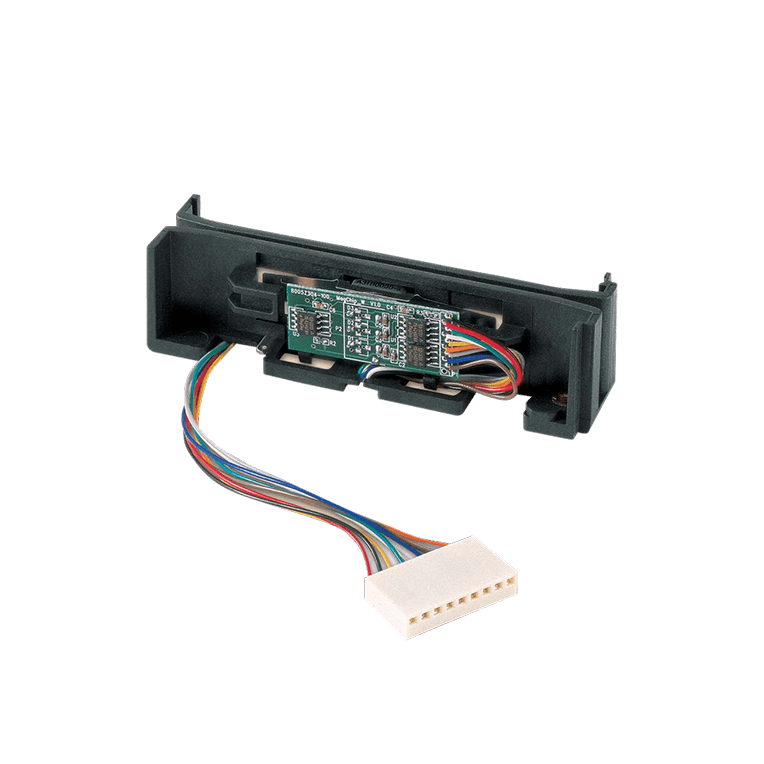MSR Assemblies
Customizable Magstripe Rail
MSR Assemblies
Using ID TECH's low-power TriMagChip™ technology, the 90mm rail reads up to three tracks of card data with a single swipe in either direction. The dual head option places a magstripe read head on either side of the card slot, allowing users to swipe their card in any orientation.
- Provides excellent data jitter, media glitch, and dropout immunity, with less than one error in 100,000 bits.
- Fully customizable, configurable data format.
- Extremely durable with an operating life of over 1,000,000 card swipes.
- Available in single head and dual head options.
Download Datasheet


MSR Assemblies
Using ID TECH's low-power TriMagChip™ technology, the 90mm rail reads up to three tracks of card data with a single swipe in either direction. The dual head option places a magstripe read head on either side of the card slot, allowing users to swipe their card in any orientation.
- Provides excellent data jitter, media glitch, and dropout immunity, with less than one error in 100,000 bits.
- Fully customizable, configurable data format.
- Extremely durable with an operating life of over 1,000,000 card swipes.
- Available in single head and dual head options.
Download Datasheet

Power
Operation from 2.7 to 5.5 VDC, Ground 0 VDC (GND)
Operating Temperatures
-40°C to 70°C (-40°F to 158°F)
Storage Temperatures
-40°C to 85°C (-40°F to 185°F)
Dimensions
90 mm x 24 mm x 24 mm
Key Features
- Multiple Configurations Available
- Fully Customizable
- USB-HID, USB-KB, RS232, Keyboard Wedge, TTL Interfaces
- Configurable data format
- Single or Dual Read Head Options
- Legendary ID TECH Reliability
USB (IDBB-6642LRB)
LED, beep tone
1GHz, X1500 Processor
Sense mode, Continuous mode, Level mode, Pulse mode
60 frames per second
PDF417, QR Code, Data Matrix, AZTEC, CSC, Maxicode, Micro QR, Micro PDF417, GM , Code One, etc.
Tell Me More
"*" indicates required fields


